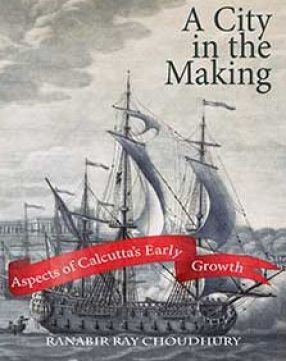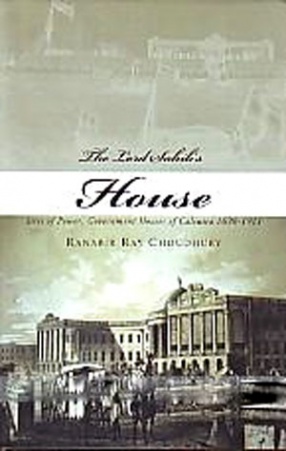When Job Charnock landed at Sutanati in 1690 the place was no more than an ordinary Bengal village on the banks of the Hooghly. Yet, by the middle of the nineteenth century, it was being described as the second city of the British Empire. With the help of archival records, this volume plots the various stages of the journey on the part of the three villages of Sutanati, Kalikata and Gobindapur which collectively came to be called Calcutta (renamed Kolkata).
The story is broken up into three sections the first of which deals with the unplanned growth of the place till the town fell to the forces led by the nawab, Shiraj-ud-Daula, in 1756. During this time the main effort on the part of the authorities was directed at cleaning up the place and setting up essential facilities such as a hospital, a jail, a mayor’s court, strengthening the banks of the river, etc. The second period, which extended till the end of the eighteenth century, saw the expansion of Calcutta southward and eastward which kept the authorities busy with issues such as compensation for acquired land, the formation of today’s Maidan, the building of the arterial Circular Road, the setting up of bazars and improving the drainage system. The third period marked the advent of the town-planning era set in motion by Lord Wellesley. The volume takes the story to the point where the Lottery Committee was formed in 1817.






There are no reviews yet.